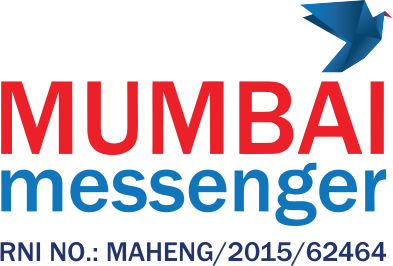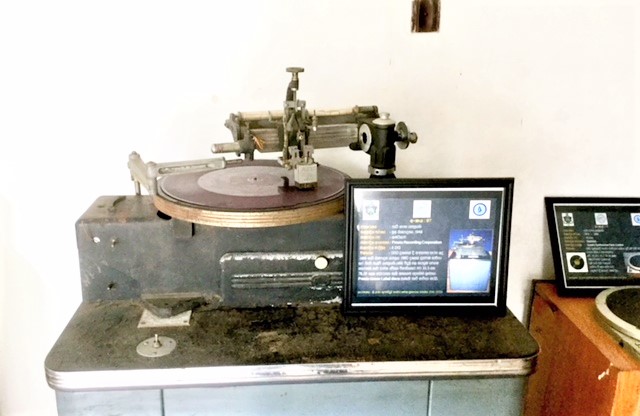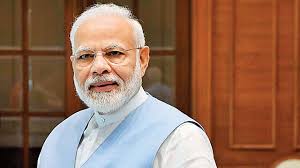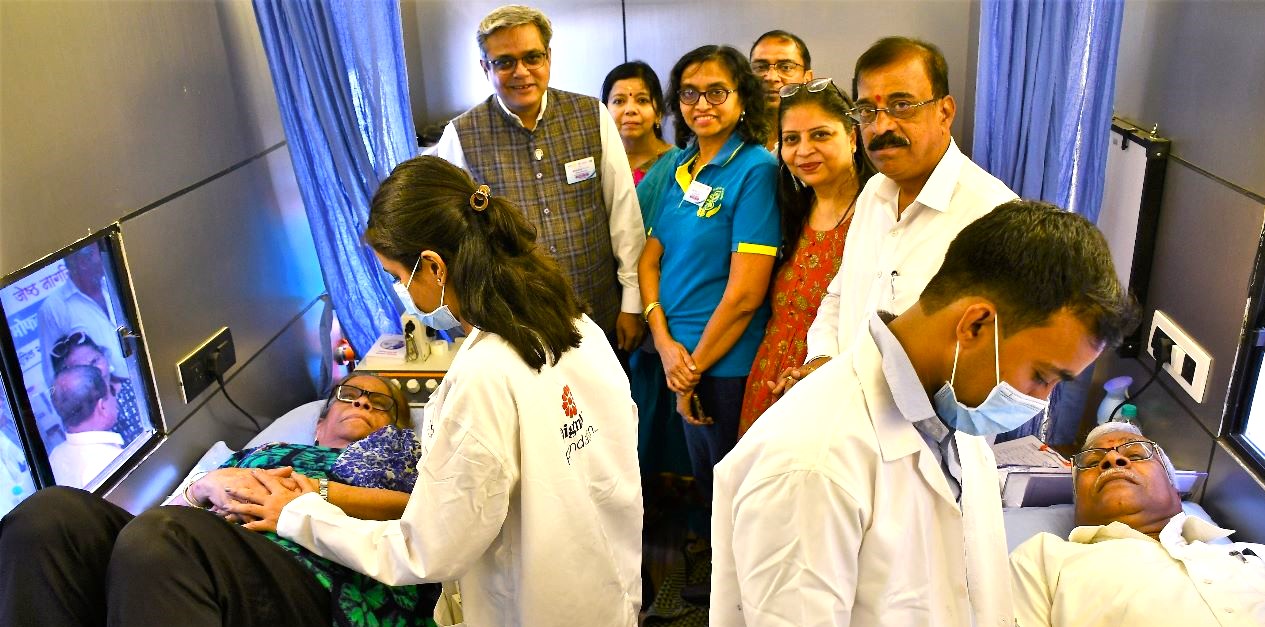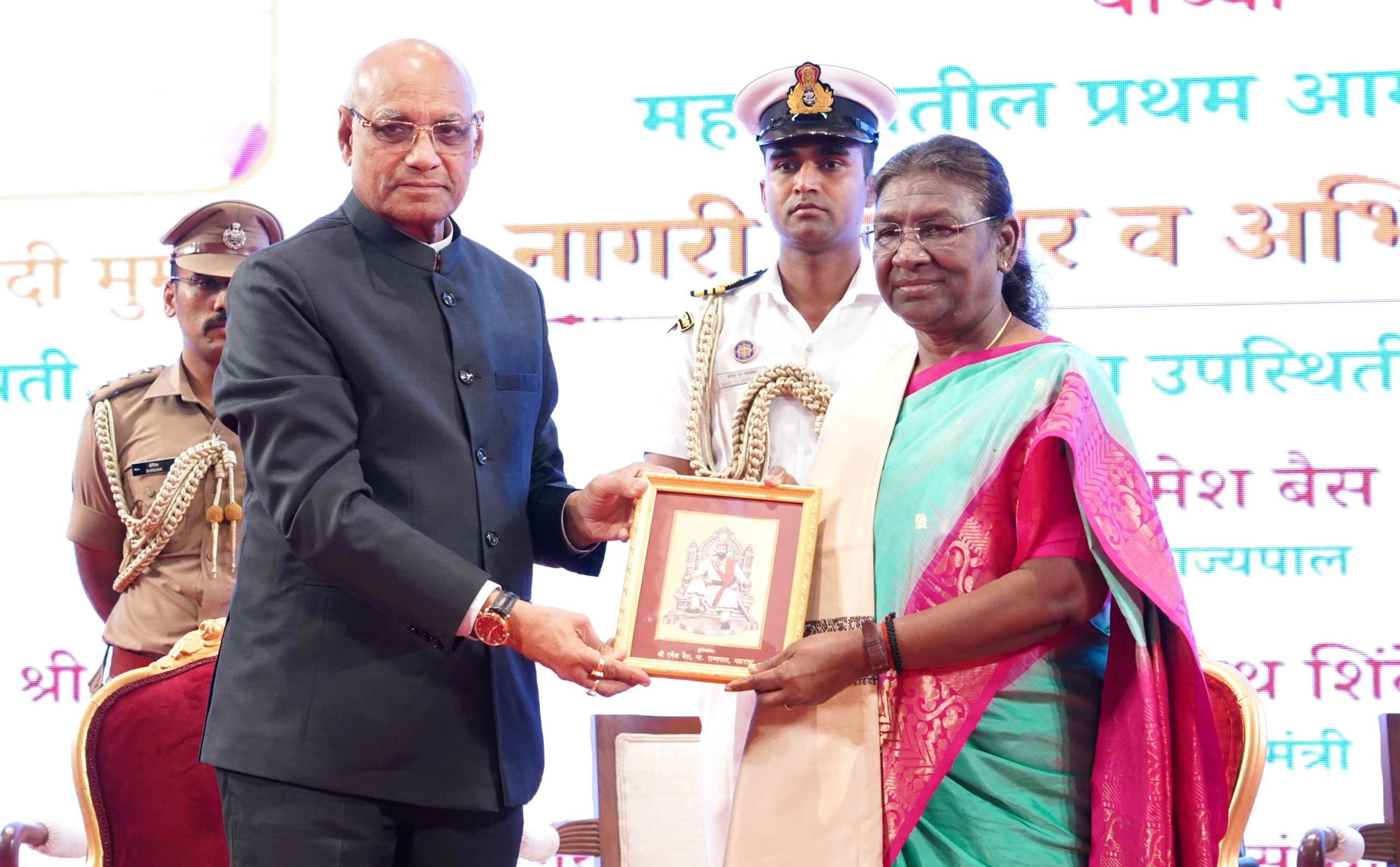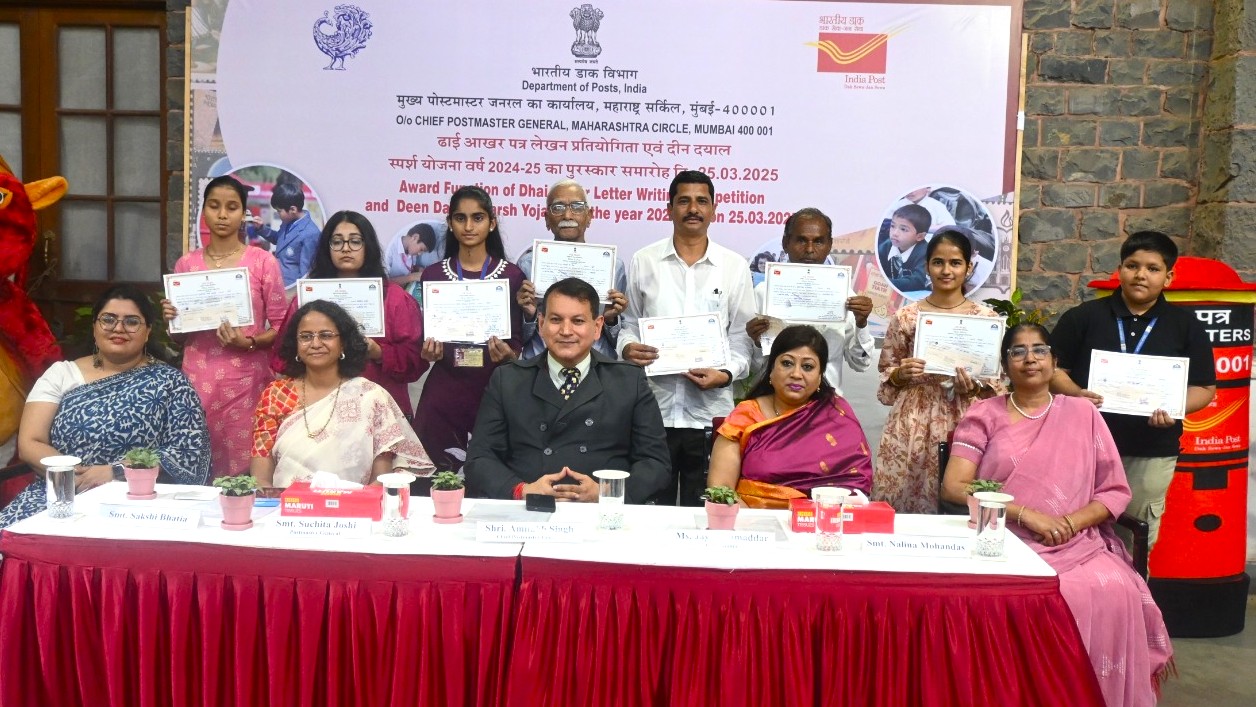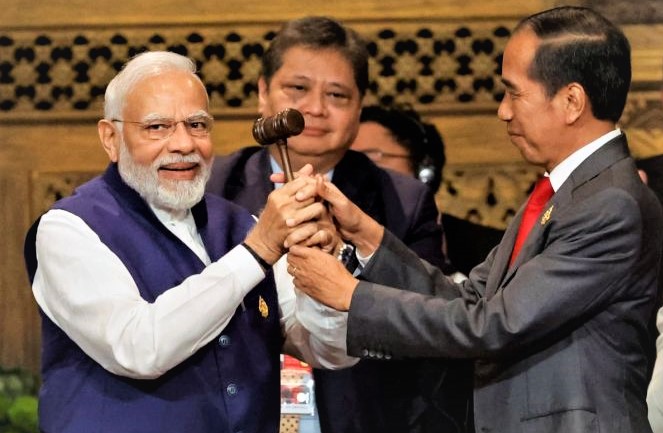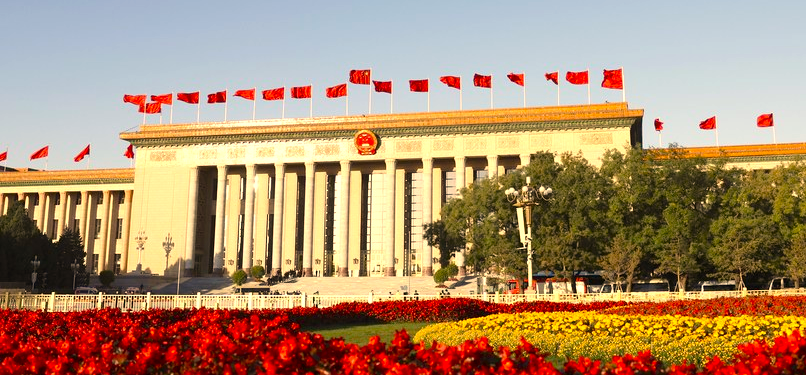Bollywood film music was banned by All India Radio in 1950/60; Radio Ceylon took lead to broadcast them
Indian tourists who are travelling to Sri Lanka should not miss an opportunity to visit Radio Ceylon in Colombo (Radio Ceylon is now known as Sri Lanka Broadcasting Corporation). Radio Ceylon has a very old relation with India, it used to broadcast famous Hindi film song programme namely “Binaca Geetmala”, which was a craze of Indian music lovers during 1950s and 60’s. The popularity of songs was gauged through Binaca Geetmala’s chart. This programme used to broadcast on every Wednesday at 8 pm. The station recorded jingles and beamed them on the All Asia Service – from Lux soap to Coca-Cola. Major brands queued up for their jingles to be broadcast live by the announcers of Radio Ceylon; such was the station’s advertising power. Now also they broadcast two hours Hindi Service between 06 to 08 am daily.
Although, Radio Ceylon studio is a restricted area for public, but Indian tourists who wish to see it from inside, can do it with permission from Sri Lanka tourism. The tourists need to write to tourism board to seek permission to visit the studio, well in advance to avoid disappointments.
Radio Ceylon studio is really a worth visiting for those who believes in seeing history well preserved. Indeed, they have done commendable job by preserving all old fan mails and discs. The studio is completely modernized but all the instruments they have used in the past, have well maintained and on display at the studio premises. Now they are in the process of digitizing all the discs.
It is worth mentioning here that, in those years, from 1950 to 1960 Bollywood film music was banned by All India Radio and other Indian radio stations. Seeing popularity of fan following for Bollywood songs, Radio Ceylon took advantage of the situation. Surprisingly, Radio Ceylon took advantage of the situation as this led to increased listenership for radio programmes.
I am fortunate to get an opportunity to visit Radio Ceylon Studio during my recent tour to Sri Lanka, which was organized by Consul General of Sri Lanka in Mumbai and SLTPB. I, and other journalists tour was organized to asses’ development of tourist places, post Easter Sunday attack, and share our real time experience to Indian audience. The visit at studio mesmerized me and it leads me to old memories of Binaca Geetmala. It has a well maintained library which stores letters of fans requesting for desired songs, old gramophone discs and their digitized version.
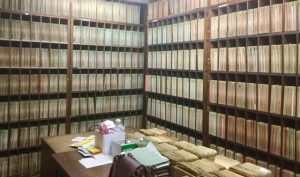
Gramophone records stacked in library
During my visit to Radio Ceylon studio, I have seen every nook and corner and really enjoyed it. I met radio programmers, radio jockey’s, announcers, librarian, and technicians. I was stunned to see their vast knowledge and eagerness to explain everything. The library was well maintained and all the records and fan mail were well preserved. To check mails, I have opened many drawers and was aghast to see demands of songs from Indian listners from all over India, from Kashmir to Kanyakumari. The request for song was written in beautiful words.
It may be noted that Radio Ceylon (Colombo Radio)is the oldest radio station in Asia, commenced just 3 years after the launch of BBC, the first ever radio station in Asia and the second oldest radio station in the world. The broadcasting was started on an experimental basis in Ceylon by the colonial Telegraph Department in 1923 and Colombo Radio was officially launched on 16 December 1925.
Kishu Gomes, former Chairman SLTPB speaking to Mumbai Messenger (During my visit to Sri Lanka) said “We are aware that Radio Ceylon is a very popular destination amongst Indian tourist and wants to see it in reality. Though it’s a restricted area but their visit can be organized by requesting to broadcasting authorities. The tourists can write to us to seek permission from authorities well in advance, to avoid inconvenience. We can assure that their request can be felicitated”.
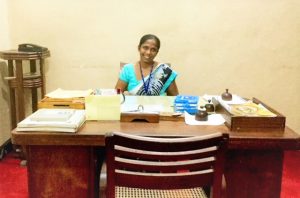
Subhasini De Silva, Librarian of Sri Lanka Broadcasting Corporation
Subhasini De Silva, Librarian of Sri Lanka Broadcasting Corporation said “We have maintained all the gramophone disc and fan mails. We feel very happy when someone comes from India ask us about how do we maintain records. Whoever comes here goes back with happy and sweet memories”.
HINDI SERVICE: Radio Ceylon had a Hindi service that was launched in the early 1950s. The station employed some of the most popular Indian announcers that included legendary Sunil Dutt, who ruled Indian Bollywood in later period. Ameen Sayani became popular by using Radio Ceylon for broadcasting programs like Binaca Geetmala and Lipton Ke Sitaare, though he was not hired by Radio Ceylon. Radio Ceylon knew the veins of Indian music lovers and presented songs of leading singers of India, like legendary singers Lata Mangeshkar, K.L. Saigal, Asha Bhosle, Mohammed Rafi, Kishore Kumar, Mukesh, S. Janaki and others.
BORN OF BINACA GEETMALA:Greg Roskowski an announcer of Radio Ceylon, introduced The Binaca Hit Parade in English. It was a countdown of English pop music beamed on the Commercial Service and the All Asia Service. Having heard the popularity of programme, the audience flooded the station with letters requesting a countdown of Hindi-language filmi songs and the idea of Binaca Geetmala was born.

Editor in Chief : Mewati SItaram
